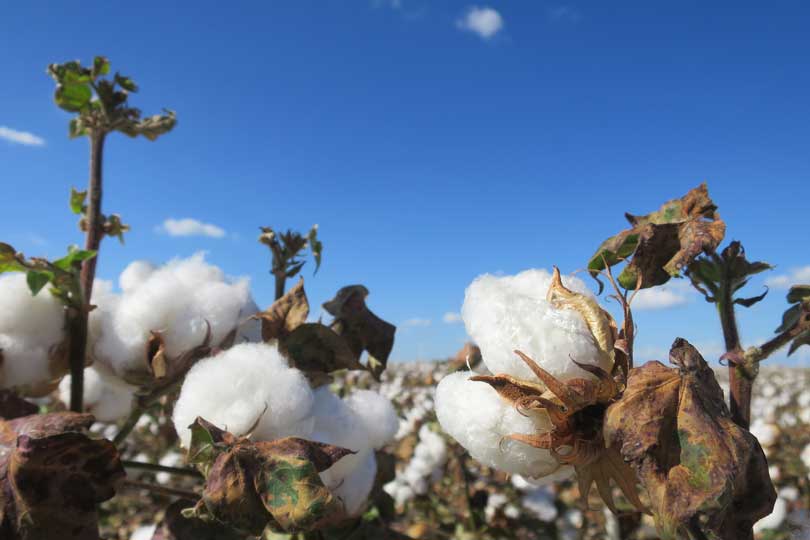By Jessica Domel
Multimedia Reporter
Cotton growers have a trio of important steps to take to be included in farm bill safety net coverage before the Dec. 7 deadline.
There is no late filing provision.
Farmers must update their program yields, allocate generic base acres and choose either Agriculture Risk Coverage (ARC) or Price Loss Coverage (PLC) coverage.
“It’s important, number one, that we have this program available for the last year—this farm bill was supposed to be the last year—and that we’re not sitting around here waiting to get a new farm bill to come to fruition,” Steve Verett, executive vice president of Plains Cotton Growers, Inc., said. “Now that we have it and it’s in place, farmers need to be moving to the FSA (Farm Service Agency) office as soon as they possibly can to start doing the work on converting their generic acres over seed cotton base acres, looking at their yield and seeing if there’s a potential to maybe update their PLC reference yields.”
The 2014 Farm Bill, which expired Sept. 30, did not allow cotton farmers coverage under Title 1, which included ARC or PLC. Instead, it created the Stacked Income Protection Plan (STAX).
After hearing from cotton farmers that STAX was not working for them, Congress included a provision in the Bipartisan Budget Act of 2018 making cotton farmers eligible for Title 1 coverage for the 2018/19 marketing year.
“The way this is going to work is they’re going to have the choice between ARC and PLC for the 2018 crop. House and Senate farm bills both have the ability for producers to re-choose their protections going forward, and we have a precedent where if we had an extension of the farm bill for any period of time, we also let producers re-choose,” Dr. Joe Outlaw, co-director of the Agriculture and Food Policy Center at Texas A&M University, said.
Most Texas farmers will select PLC for their seed cotton, according to Outlaw, but farmers need to be mindful as they make their coverage decisions both times.
“We’ve had a severe drought, and the yields that are used in calculating the ARC program for 2018 are going be, for some counties, zero or near zero,” Outlaw said. “So, the 2018 decision on ARC/PLC for seed cotton may be different than their longer-run decision they’d make once the new farm bill comes.”
PLC is the program most farmers are familiar with, although its name has changed over time.
“Basically there’s a set reference price, and if the market year price falls below the reference price, there will be a payment for that crop,” Outlaw said.
ARC is a revenue product that uses the five-year moving average of market prices and the five-year moving average of county yield to determine a benchmark.
“Then at an individual year, if the price times the county yield is below the benchmark, then it will pay a payment,” Outlaw said. “It’s a lot more complicated, but the reason we put together a decision aide is because most producers don’t want to go through those calculations. In fact, we’ll do it for them. All they have to do is sign in and put a little bit of their farm data in, and we will calculate the differences in payments for them.”
The AFPC decision aid is available at https://www.afpc.tamu.edu/tools/cotton-base.
A toll-free help desk is available Monday through Friday from 8 a.m. to 5 p.m. at 844-229-7373.
Callers are encouraged to have their 2008-2012 planting history, cotton counter-cyclical yield, and actual production yield history from crop insurance forms.
A pair of podcasts on the seed cotton provisions are available on the AFPC website at https://www.afpc.tamu.edu/extension/podcasts.

